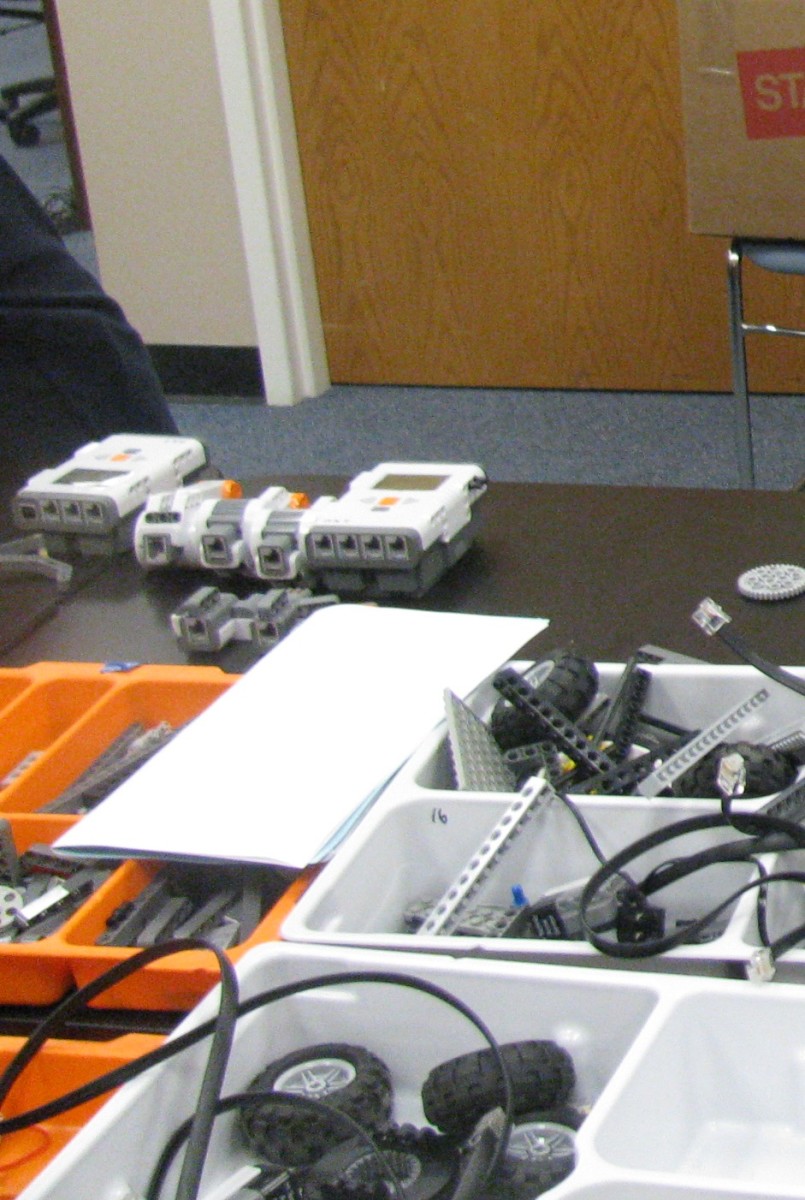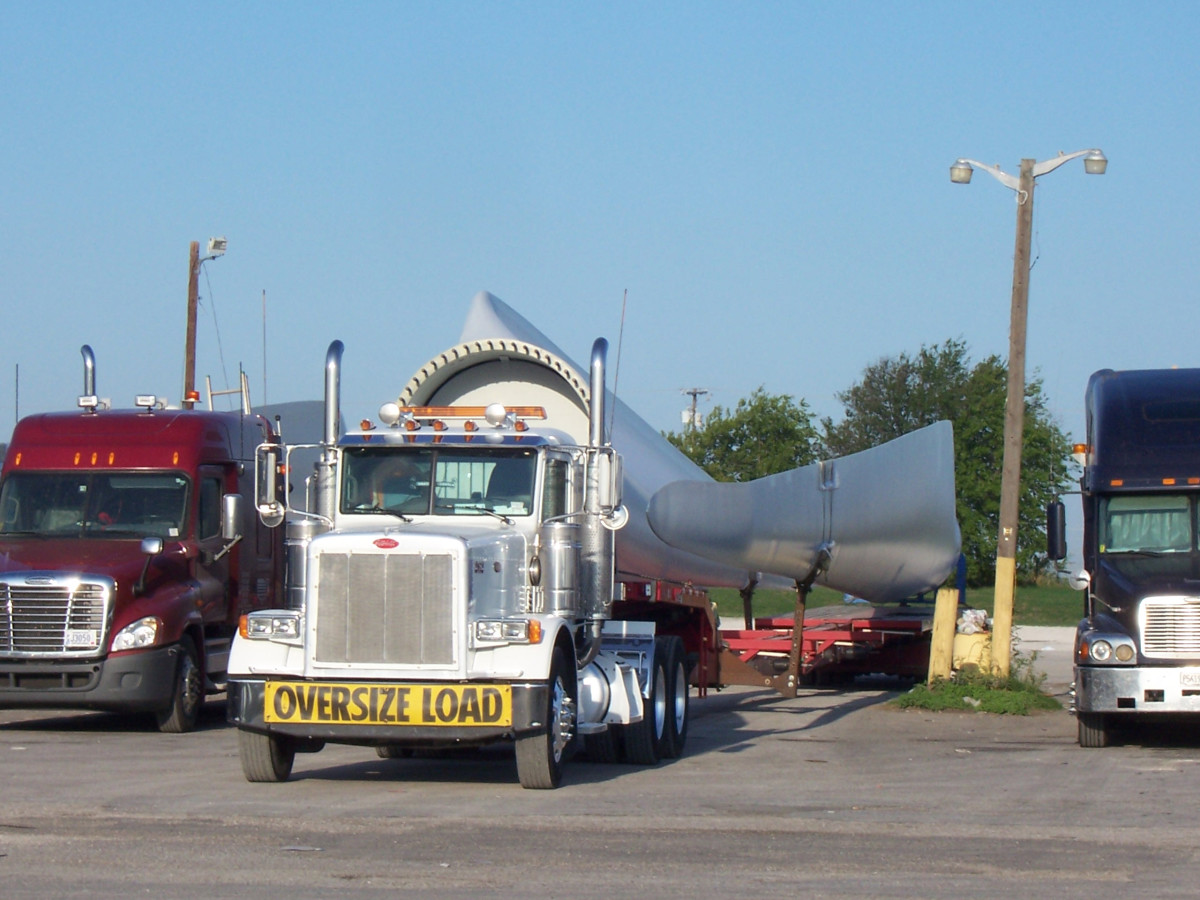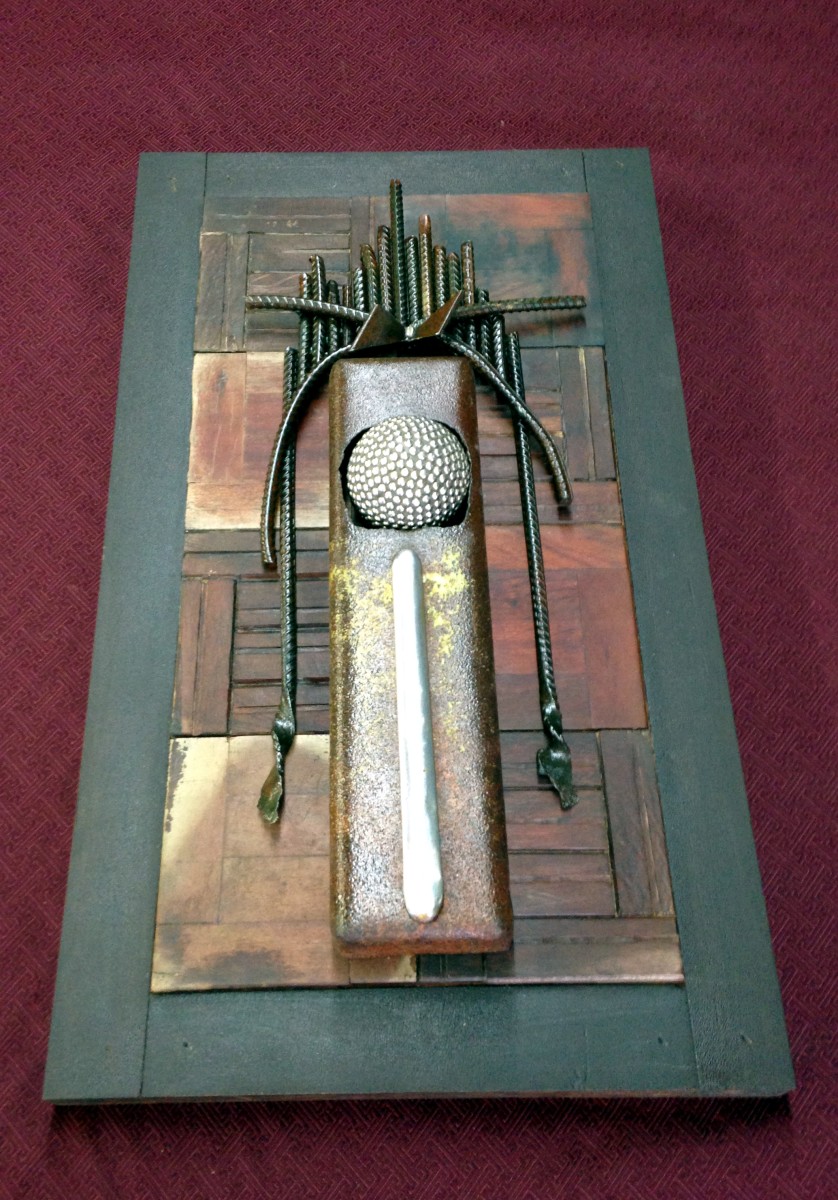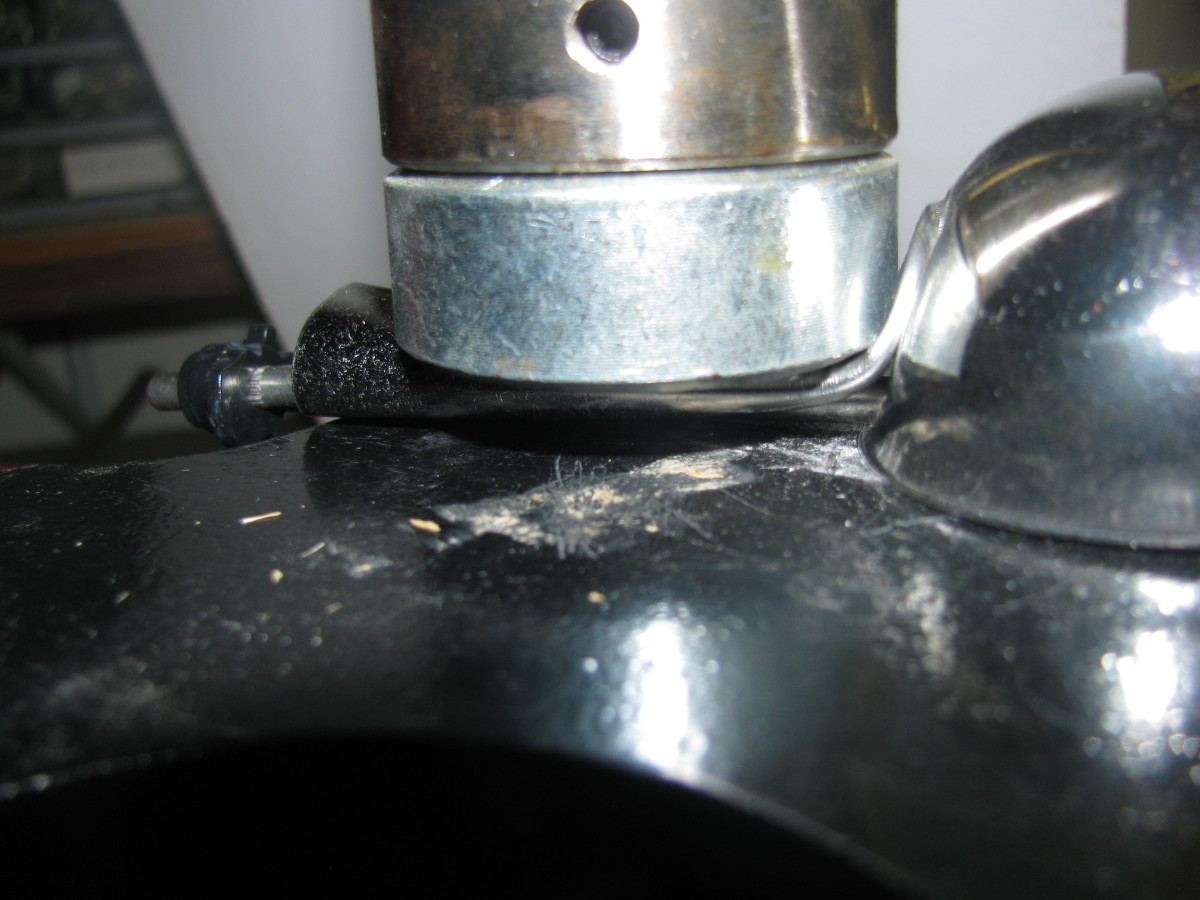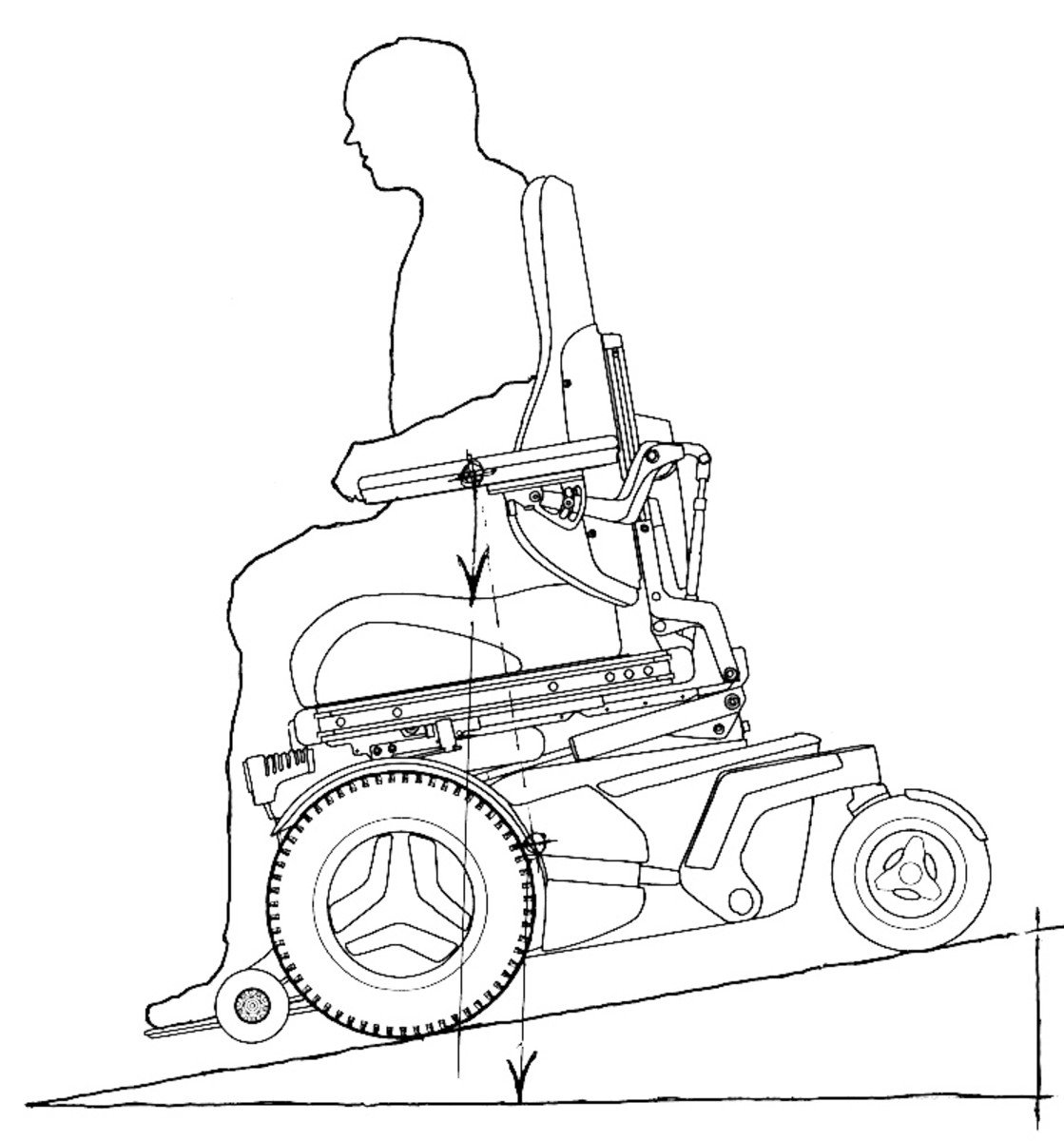Commonly Used Welding Standards
What are the primary industrial standards for welding in the United States and the EU? What are the major standards by the American Welding Society (AWS)?
AWS Welding Standards
American Welding Society or AWS welding standards are shared with ANSI International. The AWS D1 standards outline the standards for welding steel and steel alloys. For example, ANSI/AWS D9.1 is the standard for sheet metal welding. ANSI/AWS D10.12 outlines the recommended procedures for welding low carbon steel, while ANSI/AWS D11.2 is the standard for welding iron castings.
The AWS C5 standard family gives the recommended practices for welding. AWS C3 standard family gives the specifications for different types of brazing. AWS D8 gives the standards for welding automotive assemblies. AWS D14 standards give the specifications for welding equipment and machinery, such as welding construction equipment.
The AWS A5 family outlines the specifications for filler materials used in welding.

Welding Temperature Standards
The temperature of the metal where welding pass will be applied affects the quality of the weld. AWS D1.1 prohibits welding if the metal is below the freezing point, set at 32°F or 0°C. For quenched or tempered steel, the interpass temperature is not allowed to go above 205°C if it is less than 38 mm.For objects over 38 mm, the interpass temperature cannot go above 230°C.
AWS D1.1 does not require preheating if you performing electro-gas welding.
ISO 13916 outlines the process of determining the pre-heating temperature and interpass temperature.
Weld Testing Standards
Standard welding test methods ensure that the same quality standards are used in construction and metal assembly regardless where the work is performed. ASTM E317 outlines the process of testing a weld using ultrasonic pulses. ISO 10160 applies to ultrasonic testing for flat steel that is at least 6 millimeters thick.
ISO 12094 is the standard for the ultrasonic testing of welded tubes. ASTM A578 is another standard for ultrasonic examination. ASME SA 275 describes the test procedure for examining steel forgings via magnetic particle testing.
AWS C3.8 gives the recommended methods of inspecting brazed joints. AWS B4.0 outlines the standard mechanical testing methods for welds. AWS B4.0M is the same standard but in metric units.
ISO 10564 outlines the ISO approved methods for sampling soft solders for further testing. ISO 17635 gives the general rules for the non-destructive testing of metallic material welds. ISO 1106 was the original standard for the radiographic examination of fusion welded parts. This standard, issued in 1969, has been withdrawn.
While most welding standards involve non-destructive testing, there are also destructive testing standards to determine the quality of welds. ISO 4136 describes the destructive weld test procedure using the transverse tensile test. ISO 5173 outlines the bend tests that can be performed on welds.
Welding Acceptance Standards
The standards used to determine whether or not a weld is acceptable depend on the object which was welded. For example, ASME B31.3 defines the acceptance criteria for welds on pressure piping while API standard 1104 determines the acceptance criteria for pipeline welding. AWS D1.1 applies to structural welding such as the welding of structural steel. ISO 13920 gives the ISO’s tolerances for welded construction.
AWS states that non-destructive testers or NDT should be qualified at least to AWSQCI level II. A non-destructive tester at AWSQCI level one can also work if under the supervision of an AWSQCI level II manager.
Welding Equipment Standards
ISO 669 is the standard for resistance welding equipment. ISO 5821 is the standard for spot welding electrode caps, while ISO 5182 gives the specifications for the materials used in resistance welding electrodes. ISO 8206 describes the process for the acceptance testing of oxygen cutting equipment.
European Welding Standards
In the UK, welding procedures must meet standard BS 5135. ISO 5184 is the standard for resistance spot welding electrodes. This standard is part of British Standard BS 25184. BS 5400 gives the UK standards for welding steel bridges. European Union standard EN 440 gives the requirements for wire electrodes used for gas shielded metal arc welding of steel.
Welding Safety Standards
Welding circuits are not earthed. This means that welding power sources must be well insulated so that the main voltage doesn't affect secondary circuits. IEC standard 60974-1 mandates a maximum peak voltage of 113 volts when direct current is used.
Standard Welding Symbols
ISO 7286 gives the ISO approved symbols for resistance welding equipment. ISO 7287 lists the graphical symbols used on thermal cutting equipment. ISO 2553 is the ISO standard for symbols used to represent welded and brazed joints. AWS A2.4 standard symbols for welding and non-destructive weld testing.

